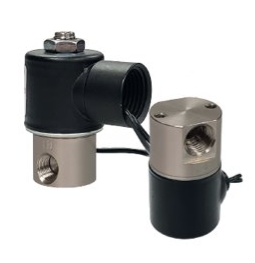When configuring a valve, one of the most important steps is the coil type. The function of the coil is to convert electrical energy into kinetic energy. The coil is constructed of a wire, typically copper, wound around a hollow form, known as the bobbin. Electric current is sent through the coil which creates a magnetic field. Within the hollow space will be the mechanical portion of the valve, including the plunger, which is made from a magnetic material. The current traveling through the coil turns the plunger into an electromagnet which then pulls the plunger up, either opening or closing the valve.
These main components of the coil always remain the same, but how the coils are protected and how you connect to the coil are options to select when configuring your valve. Below explains the different options available and what they are in detail.
Coil Housing: The coil housing is exactly what it sounds like, it is the component that the coil resides in. This helps protect the coil from being exposed to exterior elements like dust, moisture, and as an electrical safety protection from touching. However, it not only offers a barrier protection, it also aides in the operation of the valve. Typically, the housing is constructed of a magnetic material, like carbon steel. This helps enforce the magnetic field and allows the coil to direct the magnetic field towards the magnetic plunger. Below are the various coil housing options.
Standard Coil Housing: The standard coil housing is a carbon steel shell, with an epoxy coating to help with corrosion protection. This is the standard option available on all Gems Solenoid Valves, except M Series, which only has a tape-wrapped Yoke option. The standard coil housing also allows for the internal components to be epoxy encapsulated or tape wrapped. There are two main coil housing options.
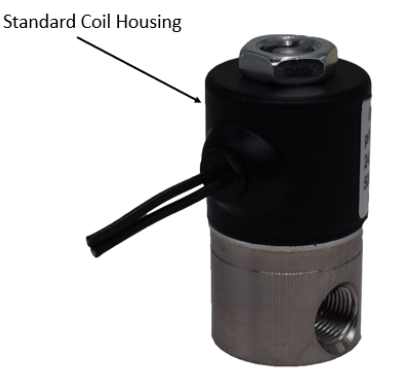
Grommet Housing: The grommet housing provides a small eyelet in the carbon steel housing with an o-ring that helps protect the wire leads from becoming frayed and help prevent moisture from entering the coil.
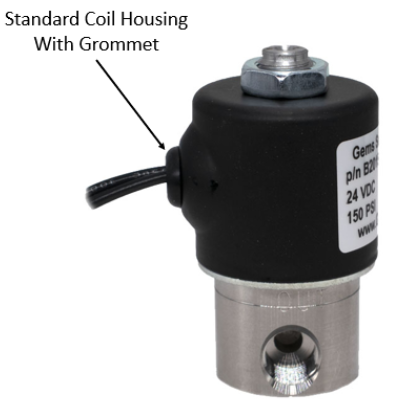
Conduit Housing: The conduit housing provides a ½” NPS conduit thread to allow for a proper seal to be made with PTFE tape or thread sealant. Lead wires exit out the conduit boss and the coil can be epoxy encapsulated or tape wrapped.
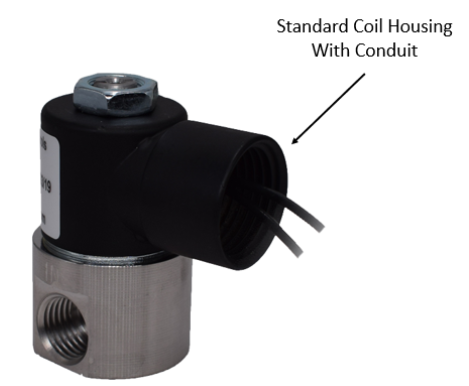
Yoke Housing: The Yoke option provides the least protection against moisture or external factors. The Yoke option should only be selected when the valve is placed in an enclosure where it is protected from moisture or personnel being able to easily touch it. Since the Yoke does not fully enclose the coil, it can only be tape-wrapped and not encapsulated. However, the Yoke option is the most cost-effective solution.
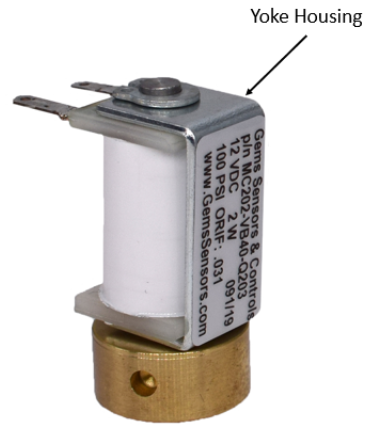
Over Molded Housing: The over molded housing offers equal moisture protection to an epoxy encapsulated coil, except it is constructed by molding the epoxy directly over the coil in a form, versus filling the carbon steel housing with the epoxy. Therefore, it doesn’t have the epoxy coated carbon steel shell. Slightly less cost effective then an epoxy encapsulated but also offers the same variety of electrical connections.
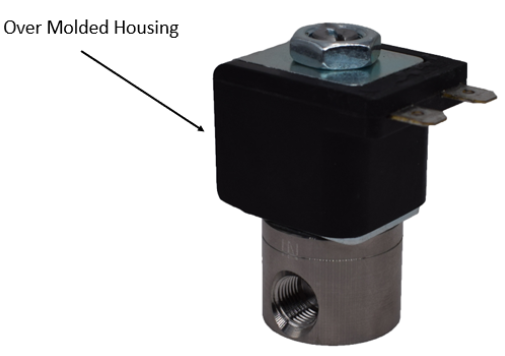
Electrical Connection: Making the proper electrical connection to the valve is another important step to ensure proper operation. The main electrical connections available on Gems Solenoid Valves are lead wires, DIN, and spade terminals.
Lead Wires: These are flying wire leads typically 18-24” long, with a PVC or Teflon sheathing on them with the ends stripped to bare wire. This is a standard option on all Gems Solenoid valves, regardless of coil housing and how the coil is wrapped. Wire leads can be selected on tape wrapped coils, encapsulated coils, and over molded coils. Wire leads are the most cost effective and compatible with endless types of different electrical connections.
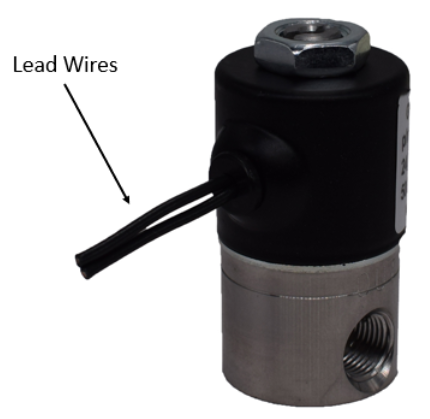
DIN: An electrical connector that is integral to the coil housing and accepts a mating DIN connector for simple connection and reliable moisture protection.
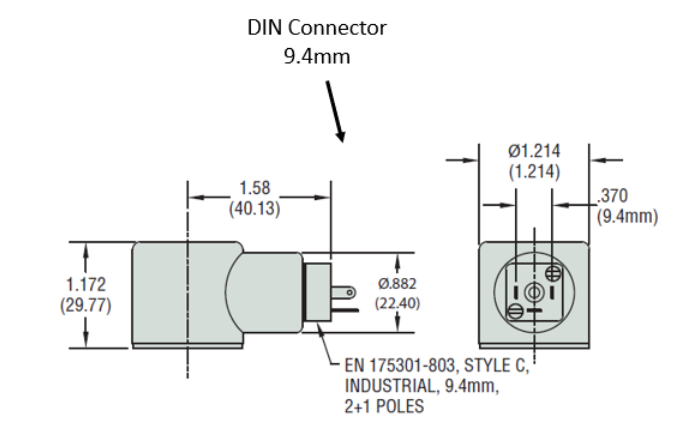
Spade Terminals: Another electrical connector integral to the coil housing, that is connected to a stud or screw type mating connection. Less moisture protection is provided on spade terminals, but they are more cost effective and have numerous mating connector options.
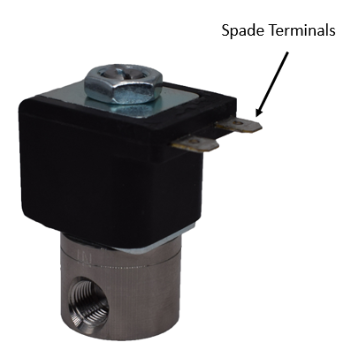
 SEARCH OUR RESOURCE CENTER
SEARCH OUR RESOURCE CENTER

